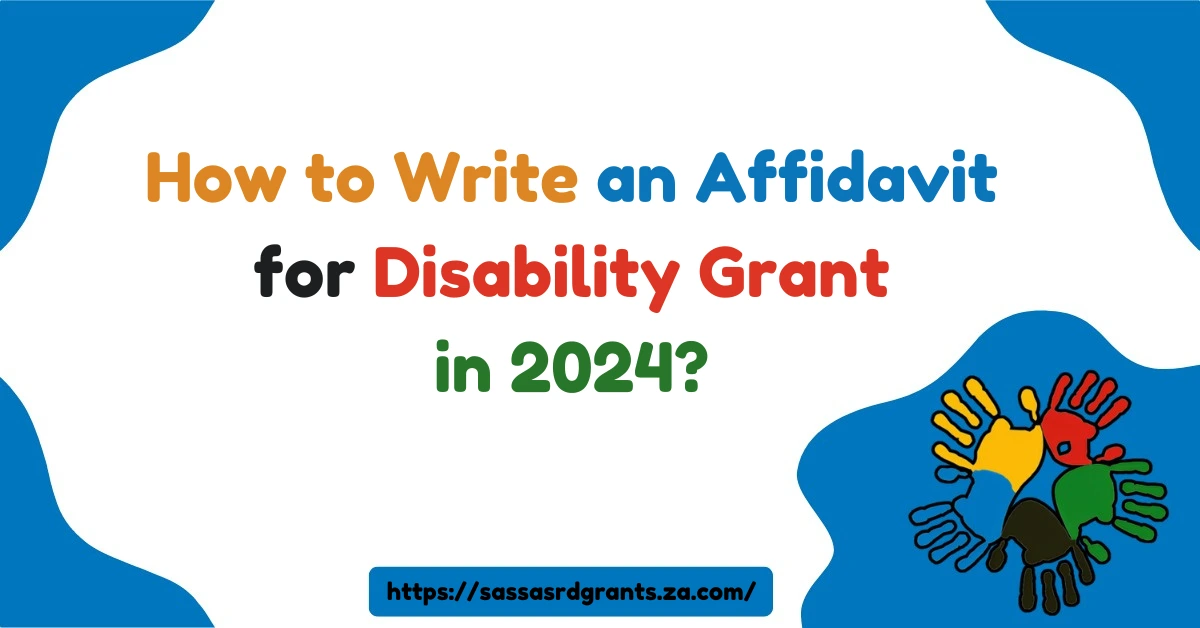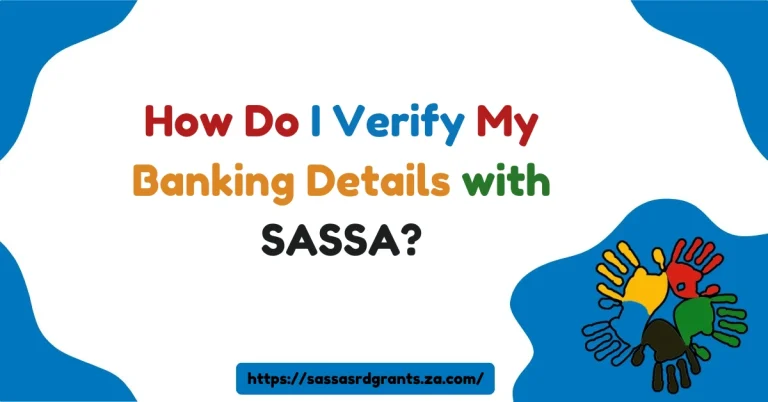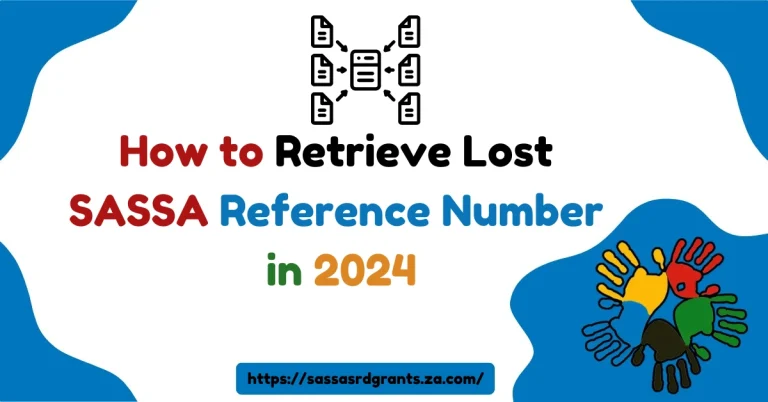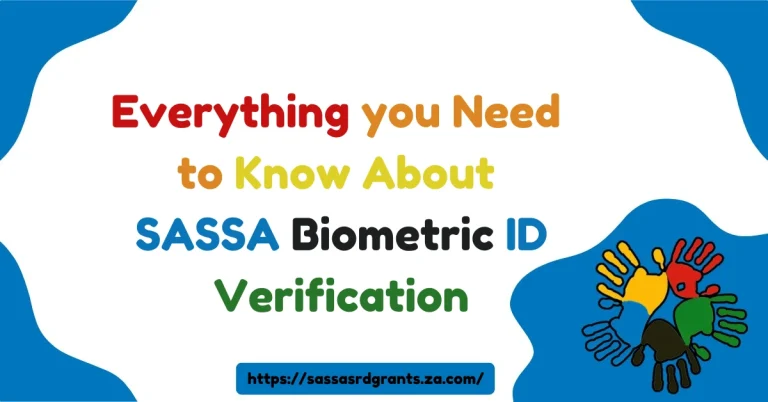How to Write an Affidavit for Disability Grant in 2024?
Creating an affidavit for a disability grant can seem challenging, but it’s a process that, when done right, can effectively represent your needs to authorities.
I’ve helped others craft their affidavits, and I understand how vital it is to be thorough and clear. This guide will walk you through each step to write a strong affidavit for your disability grant application in 2024, covering essential components, tips, and common errors to avoid.
How to Write an Affidavit for Disability Grant in 2024?(Quick Answer)
To write an affidavit for a disability grant in 2024, start with a clear introduction that includes your full name, address, and ID number. Describe your medical condition and its impact on your daily life and work ability. Outline your financial need and request the grant to cover essential expenses. End by signing and dating the affidavit before a commissioner of oaths to make it legally binding.
What is an Affidavit for Disability Grant?
An affidavit is a formal, written statement sworn under oath, often used as evidence. For a disability grant, an affidavit proves the applicant’s situation—medical condition, financial status, and personal circumstances.
It’s crucial to convey truthfulness and accuracy to make your case credible to the reviewing authorities. Following a logical format ensures clarity and helps officials understand your story without misinterpretation.
Essential Components of a Disability Grant Affidavit
Each section in your disability grant affidavit plays a unique role in building a solid case. Below is a breakdown of what to include:
1. Introduction
Start with a formal introduction stating your full name, address, and identification number. Clarify the document’s purpose: to support your application for a disability grant.
Example:
“I, [Your Full Name], residing at [Your Address], with ID number [Your ID Number], make this statement under oath to apply for a disability grant.”
2. Statement of Condition
The Statement of Condition details your medical condition, its severity, and how it affects your life and ability to work. Be honest and specific, aligning your description with any medical documents you’ll attach.
Example:
“Due to my diagnosed condition of [specific disability], I am unable to [mention specific limitations]. This disability impacts my daily life and prevents me from earning a stable income.”
3. Financial Situation
This section covers your financial needs. Outline your income, savings, and any other resources to help officials assess your financial hardship. Honesty here builds trust.
Example:
“My only income source is [mention any income, e.g., a small pension], which does not cover my essential living expenses. I have no other assets.”
4. Request for Disability Grant
Here, state your request for the grant and briefly mention how it will help you maintain a basic standard of living.
Example:
“I am requesting a disability grant to help meet my living expenses, as I am unable to work due to my disability. Receiving this grant would enable me to maintain a basic standard of living.”
5. Signature and Date
An affidavit is only legally binding once signed in the presence of a commissioner of oaths. Date the document at the time of signing for validation.
Important Tips for Writing Your Disability Grant Affidavit
To improve the clarity and impact of your affidavit, follow these essential tips:
Use Clear, Simple Language
Officials should quickly grasp your circumstances. Use straightforward vocabulary and avoid complicated terms.
Be Honest and Accurate
An affidavit is a legal document; every statement must be true. Providing honest details strengthens credibility and builds trust with the authorities assessing your application.
Stay Organized and Structured
A well-structured document is easier to read. Break down each section, use headings, and format the document logically to guide officials through your application.
Attach Relevant Documents
Attach any medical reports, financial records, or letters from healthcare providers to support your statements. These additional documents help substantiate your case and provide context to your request.
Common Mistakes to Avoid
Many applicants unknowingly make errors that can affect the success of their disability grant application. Avoid these pitfalls:
Omitting Key Details
Ensure you include comprehensive information in the Statement of Condition and Financial Situation sections. These sections directly impact eligibility, so be thorough.
Using Complicated Language
Officials reviewing affidavits are accustomed to reading plain, direct language. Avoid legal jargon and keep your statements simple.
Forgetting to Sign and Notarize
An unsigned affidavit is invalid. Always sign it in front of an authorized commissioner of oaths to make the document official.
Sample Affidavit for Disability Grant
Here’s a template for reference. Adjust it to reflect your unique details.
AFFIDAVIT
I, [Your Full Name], residing at [Your Address], with identity number [Your ID Number], make the following statement under oath as required for my disability grant application.
- Statement of Condition: I have been diagnosed with [specific disability], which severely limits my daily functions and ability to work.
- Financial Situation: My current income is [state income source, if applicable], which is insufficient for my basic living needs.
- Request for Disability Grant: I am applying for a disability grant to support my living expenses, as my disability prevents me from maintaining a livelihood.
Signature: ____________
Date: ____________
Frequently Asked Question(FAQ’s)
1. What is an affidavit for a disability grant?
An affidavit is a sworn written statement, often used as evidence. For a disability grant, it demonstrates the applicant’s medical, financial, and personal circumstances to establish eligibility for support.
2. What should be included in a disability grant affidavit?
Include an introduction with personal details, a statement of your medical condition, financial situation, a formal request for the grant, and your signature before a commissioner of oaths.
3. Why is it important to be honest in an affidavit?
Affidavits are legally binding. Being honest ensures credibility and accuracy, which increases the chances of a successful application and avoids legal issues.
4. Do I need additional documents with my affidavit?
Yes, attach relevant documents like medical reports, income statements, and doctor’s letters to support your claims and strengthen your application.
5. Can I write my own affidavit for a disability grant?
Yes, you can write your own affidavit, but ensure it’s clear, factual, and follows the correct structure. Seeking guidance from legal aid can also be helpful.
6. What happens if I don’t notarize my affidavit?
Without notarization, the affidavit won’t be legally binding and may be rejected. Always sign in front of a commissioner of oaths for validity.
7. How does a well-structured affidavit benefit my application?
A clear, structured affidavit helps officials quickly understand your situation, increasing the likelihood of approval by minimizing misunderstandings.
Conclusion
Writing a disability grant affidavit may feel intimidating, but breaking it down into simple steps can help you build a solid, convincing document.
By being transparent, thorough, and following the recommended structure, you can provide authorities with the essential details they need to make an informed decision.
If you’re unsure about any part of the process, reach out to legal aid organizations or local support groups—they can offer guidance and ensure your application accurately reflects your circumstances.
Crafting a strong affidavit is an investment in the success of your disability grant application.






